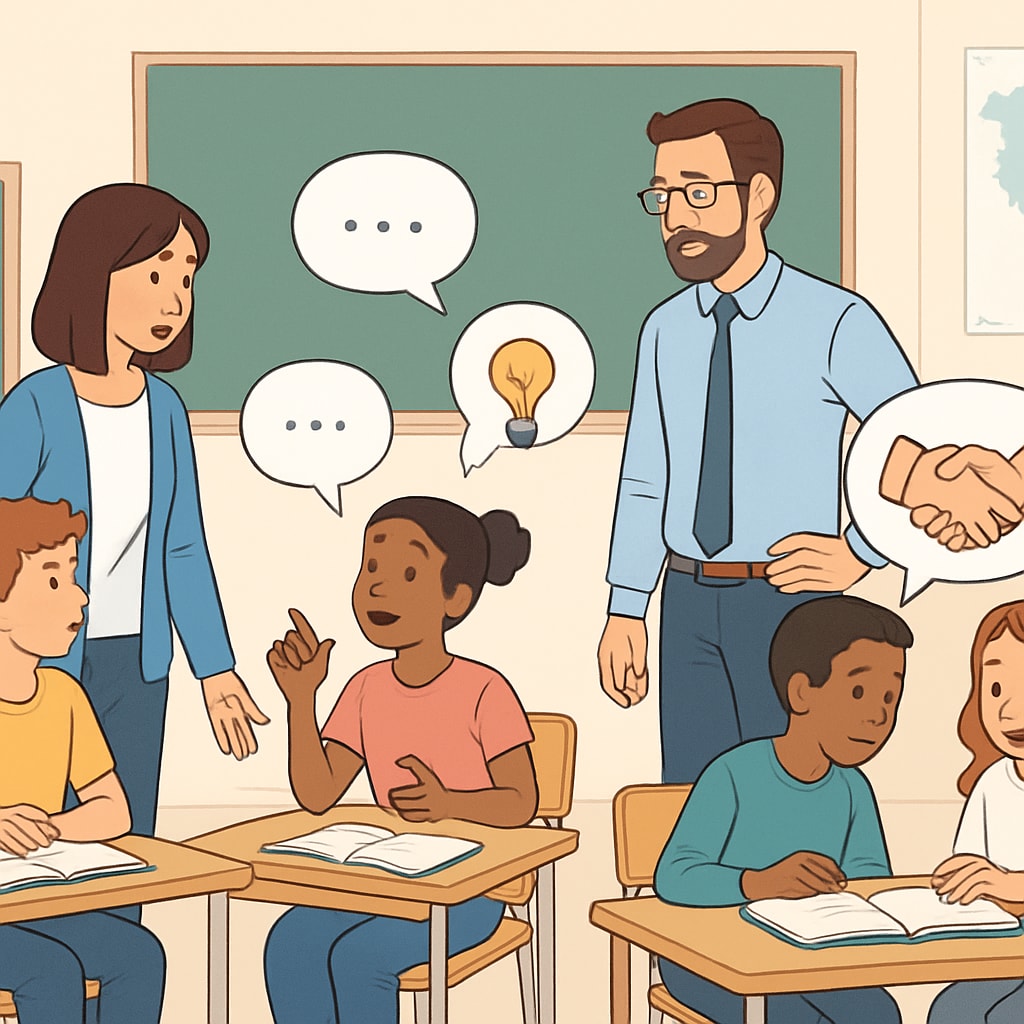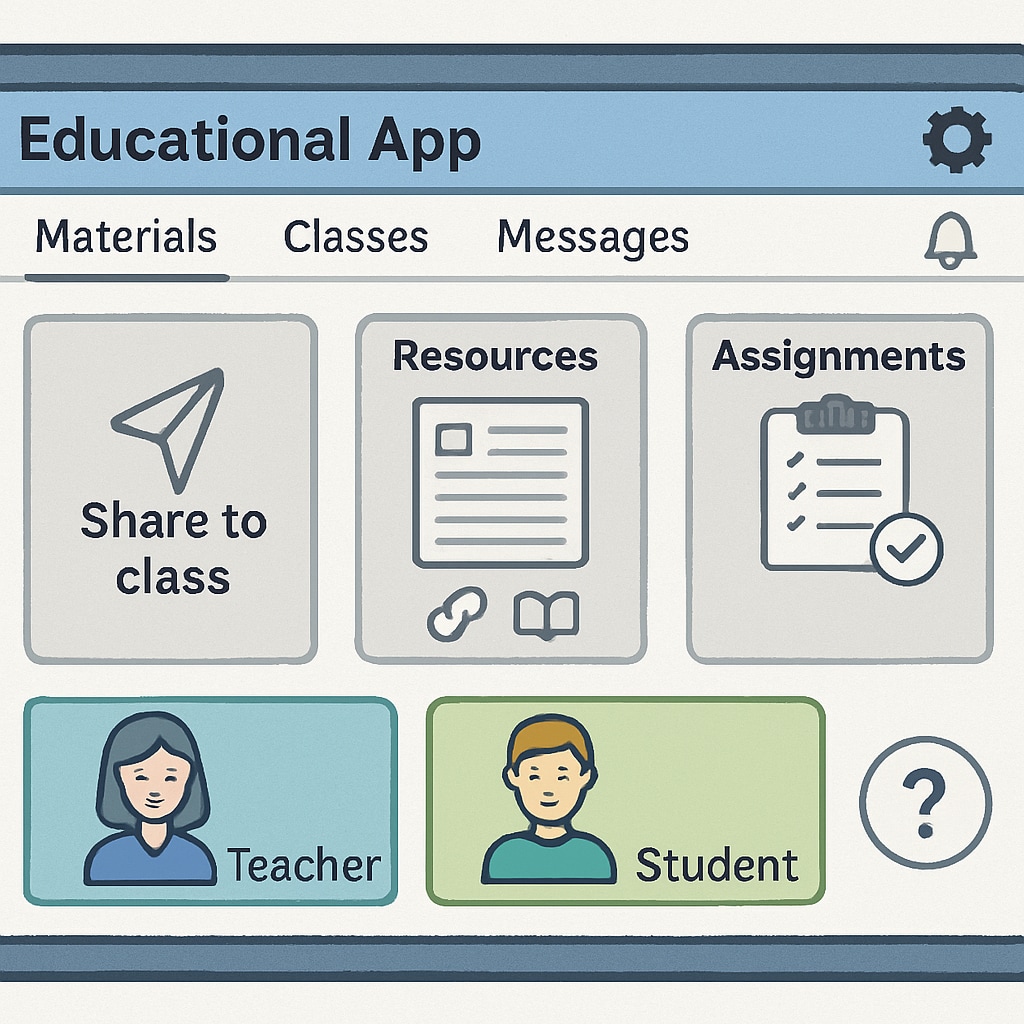Education pain points, tool requirements, and student-educator feedback are three pillars that define the challenges and opportunities within the K12 educational landscape. Teachers and students alike face recurring obstacles that hinder productivity, communication, and resource utilization. This article delves into these core issues, providing insights into practical solutions that could revolutionize everyday educational experiences.
Understanding the Core Problems in Education
Teaching and learning are multifaceted processes that often encounter systemic hurdles. Through extensive surveys and interviews, we identified three primary pain points:
- Time Management: Educators struggle to balance teaching, grading, and administrative tasks, while students often face difficulties juggling coursework and extracurricular activities.
- Communication Gaps: Miscommunication between teachers, students, and parents can lead to inefficiencies and missed opportunities for growth.
- Resource Allocation: Uneven access to educational materials and technology creates disparities in learning outcomes.
These challenges are not only frustrating but also detrimental to achieving optimal educational outcomes.

Solutions Through Technology: Addressing Pain Points
As a result of these findings, several tools and solutions have been proposed to tackle the identified pain points effectively. Below are some examples:
- Time Management Tools: Scheduling apps and task management platforms like Trello and Google Docs help teachers and students organize their day efficiently.
- Communication Platforms: Tools such as Zoom and Microsoft Teams enable seamless interaction between all stakeholders in the educational process, reducing misunderstandings.
- Resource Distribution Systems: Platforms like Khan Academy and Edmodo provide equitable access to high-quality educational materials for students across different socioeconomic backgrounds.
Implementing these solutions requires not only technical training but also a cultural shift towards embracing digital tools in education.

Feedback from Educators and Students
Feedback plays a crucial role in identifying gaps and improving existing solutions. Teachers and students provided valuable insights during the research:
- Teachers emphasized the need for tools that reduce administrative workload and allow more time for personalized teaching.
- Students highlighted the importance of intuitive platforms that simplify learning and collaboration.
- Both groups agreed on the necessity of integrating technology without compromising human interaction.
These perspectives underline the importance of developing solutions that are both functional and user-centric.
As a result, the future of education lies in creating a balanced ecosystem where technology complements traditional teaching methods, fostering growth for both educators and students.
Readability guidance: The article uses concise paragraphs, lists key points for clarity, and ensures smooth transitions between sections. Passive voice and long sentences are minimized, while varied vocabulary keeps the content engaging.


